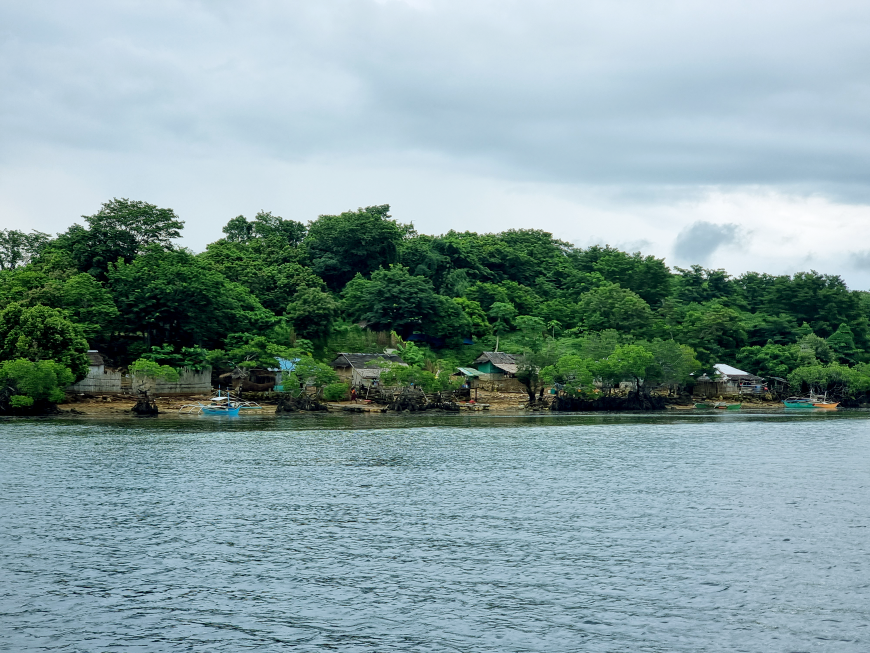Food access in small island ecosystems

Tagbanwa male fishers. Credit - C3 Philippines.
Towards resilient and better food access through Indigenous-led management of small island ecosystems in Busuanga, Palawan
In terms of climate, Palawan Island is similar to the vast majority of the rest of the Philippines with tropical temperatures, high humidity, winds, and rainfall. The region where Palawan is located usually experiences a short dry season from November to May, and a rainy season between June and October. Weather events have become more severe over the past several decades, with increases in powerful winds and cooler temperatures. All of these conditions have a direct effect on the livelihoods and food security of the Tagbanua, the Indigenous Peoples’ group in Palawan.
The Calamian Tagbanwa of Depelenged Island in Busuanga, Palawan is a community of Indigenous Peoples composed of 70 households with more than 400 individuals. They are the rightful owners of just over 10,256 hectares of land and waters, located off the west coast of Busuanga Island in Palawan. The main livelihood of the Indigenous community is fishing. Indigenous fishers usually sell their catch to a middleman from the mainland residing on the island for distribution in a nearby municipality popular to domestic and international tourists. Indigenous People’s food systems, like that of the Calamian Tagbanwa of Depelenged, are inseparably linked to nature. With increasing threats to the environment, including the rapidly changing climate, destructive fishing practices, and development projects, access of the Indigenous community to their traditional food sources is now curtailed.

Fish catch and shellfish collections of Indigenous Peoples from Depelenged are now less than before, leading to less food for consumption and lower incomes. The latter makes it harder to access store-bought food and afford portable freshwater. Nowadays, some households are forced to sell all of their catch for income, barely leaving any for their own consumption. Community members, and especially women, are regular gleaners (collectors). Indigenous women like Gemini Leido, a 22-year-old mother, glean on the intertidal reef flats and rocky habitats of Depelenged and its surrounding islands to collect shellfish. They also dive in shallow-water reefs to collect letlet and manlet (giant clams). Shellfish are sold around barangays (villages) in Busuanga Island, requiring women to travel at sea for around 20km and walk on the streets for tens of kilometres more. A pack of shellfish is sold for around 100 Philippine Pesos or less than €2. Gemini shared in an interview, “We have had to share leftover bait from one of my husband’s fishing trips because we opted to sell all of our catch so that we could afford to buy milk for our child.”

Finfish and shellfish resources are the primary food source for the Indigenous community. Elders, men, women, and youth all engage in some form of capture fisheries within and outside of their ancestral waters. A few households also engage in small, backyard livestock farming, rotational swidden (slash and burn) farming, and casual wage labour for income. Rice, another staple food, is usually bought from stores while drinking water still has to be sourced from Busuanga Island. Sourcing drinking water requires the Indigenous community to pay an average of 100 Philippine Pesos per month for approximately seven households, excluding transportation costs. During bad weather, the rain becomes the source of drinking water, and they turn to root and tuber crops such as sweet potatoes, cassava, burot or kapari, and kurot, which may come from the wild or planted in private home gardens. Apong Dakulo Prudencio Calis, head of the Indigenous community’s council of Elders, explains that these root and tuber crops are planted during the amihan, or northeast monsoon season. By the habagat, or the southwest monsoon season, the root and tuber crops are ready for consumption. Fish are also preserved through drying and salting in preparation for adverse weather conditions.

In an effort to promote better food access and resiliency within the community, C3 Philippines and the University of Edinburgh’s School of History, Classics, and Archaeology have been working hand-in-hand with the Calamian Tagbanwa of Depelenged to support and amplify Indigenous stewardship of an offshore reef locally called Suruwayen, and six sacred areas on coastal and marine environments, Bapor Guevara, Tulong Bato, Punsod, Buwon yang Bakoko, Laket-laket, and Leyang. To date, the team has gained insights into the Indigenous community’s marine cultural heritage through interviews, community consultations, and participatory resource mapping activities. Future work will involve more consultations and a series of Indigenous-led planning activities. We will also empower the Indigenous community of Depelenged to take over and responsibly manage tourism activities within their ancestral waters, particularly in Suruwayen and Bapor Guevara, which are already existent but only benefit very few individuals from the community through casual wage labour.
All initiatives within the Indigenous community of Depelenged are funded by the Darwin Initiative under the project entitled ‘Replicating a successful model to develop a network of Indigenous Marine Managed Areas.’ These initiatives are well-aligned with the community’s Ancestral Domain Sustainable Development and Protection Plan.

Written by Hugo Ignacio Salvador and Reynante Ramilo. For more information on this Darwin Initiative Main project 29-026, led by C3 Philippines Inc, please click here.

 Back
Back